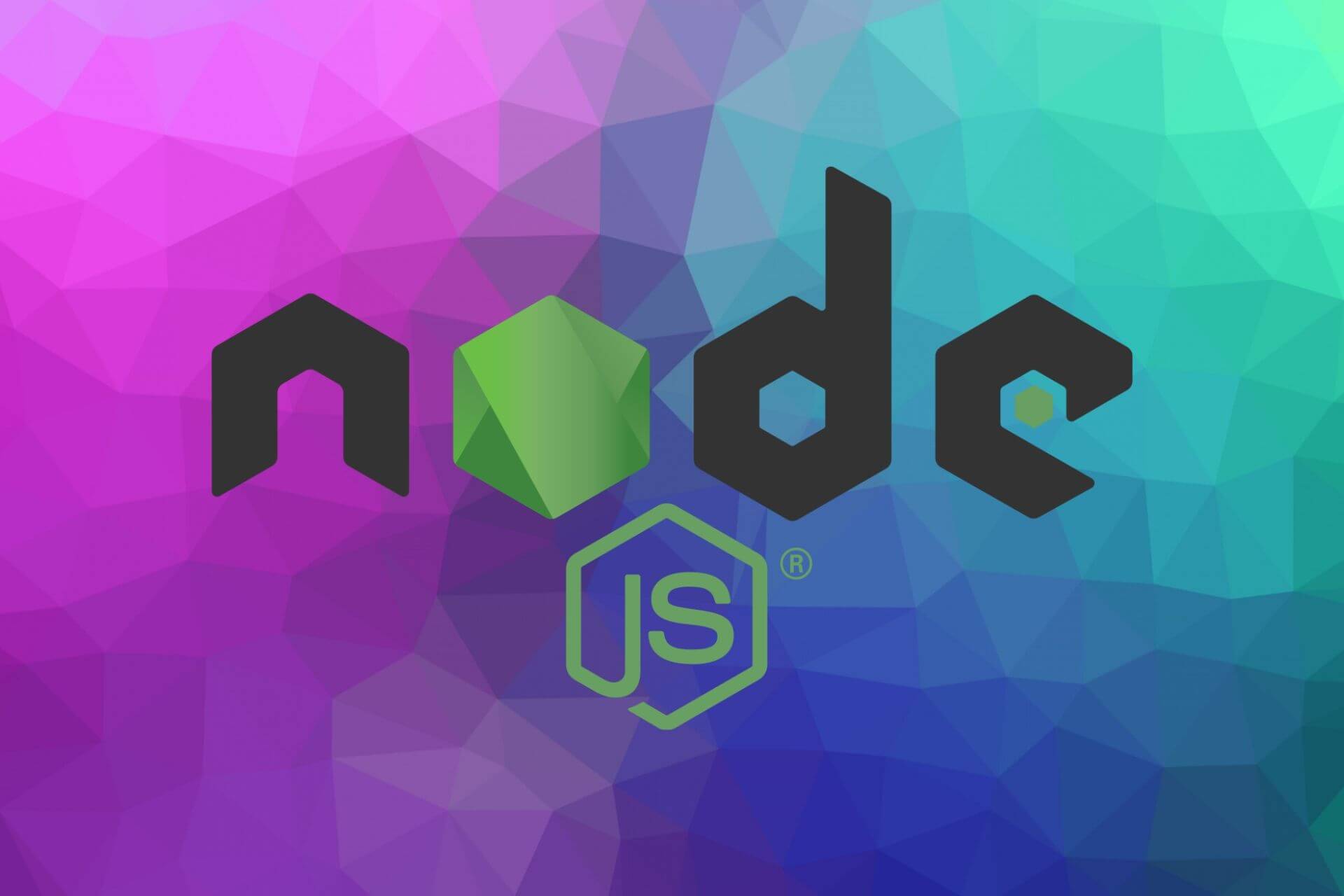


You can find more details about current version on node.js official website. yum install nodejsĪfter installing node.js verify and check the installed version. This command will also install many other dependent packages on your system. sudo yum update oracle-nodejs-release-el7. If you have Node.js installed, and a newer release has been published, make sure you update oracle-nodejs-release-el7 first. You also need development tools to build native add-ons to be installed on your system.įor Latest Release:- yum install -y gcc-c++ makeįor Stable Release:- yum install -y gcc-c++ makeĪfter adding a yum repository in your system lets install Node.js package. To install the latest Node.js: sudo yum install nodejs. Step 1 – Add Node.js Yum Repositoryįirst of all, You need to enable node.js yum repository in your system provided by the Node.js official website. It will take a few seconds, and in the end, you should see something like below. If you are using CentOS 8.x then you may also try DNF. Error: Nothing to do node. Procedure to install Node.js 11.x, 12.x, 14.x on Ubuntu 16.x/18.x, CentOS 7.x/8.x through binary distribution or from the source. You can use subscription-manager to register. Use this tutorial to add yum repository and install Latest Nodejs to CentOS/RHEL 7 systems with the simple commands. yum install -y nodejs:6.9.5 Loaded plugins: ovl, product-id, search-disabled-repos, subscription-manager This system is not registered with an entitlement server. Latest version node.js yum repository is maintaining by its official website. Node.js is a platform built on Chrome’s JavaScript runtime for easily building fast, scalable network applications.


 0 kommentar(er)
0 kommentar(er)
